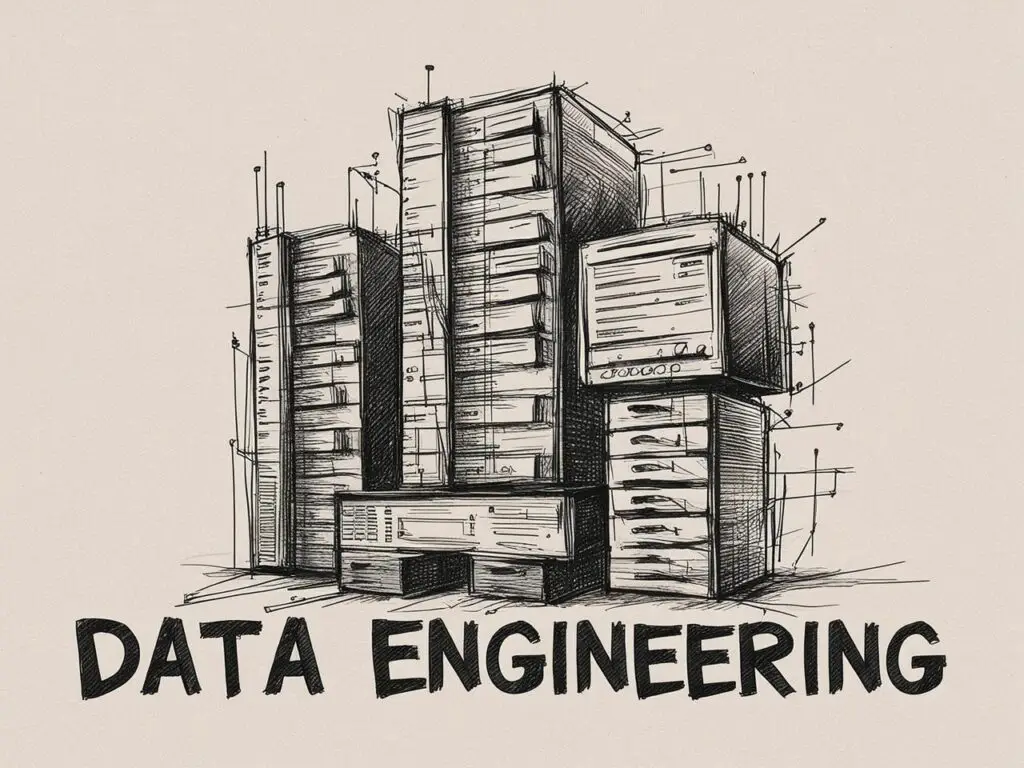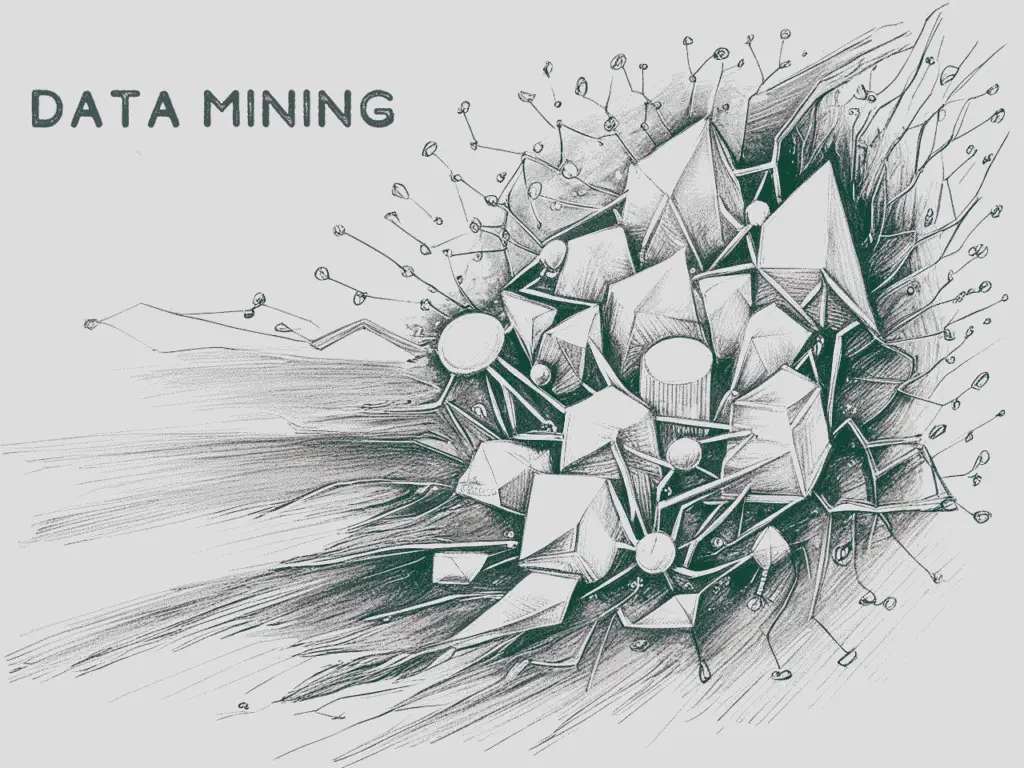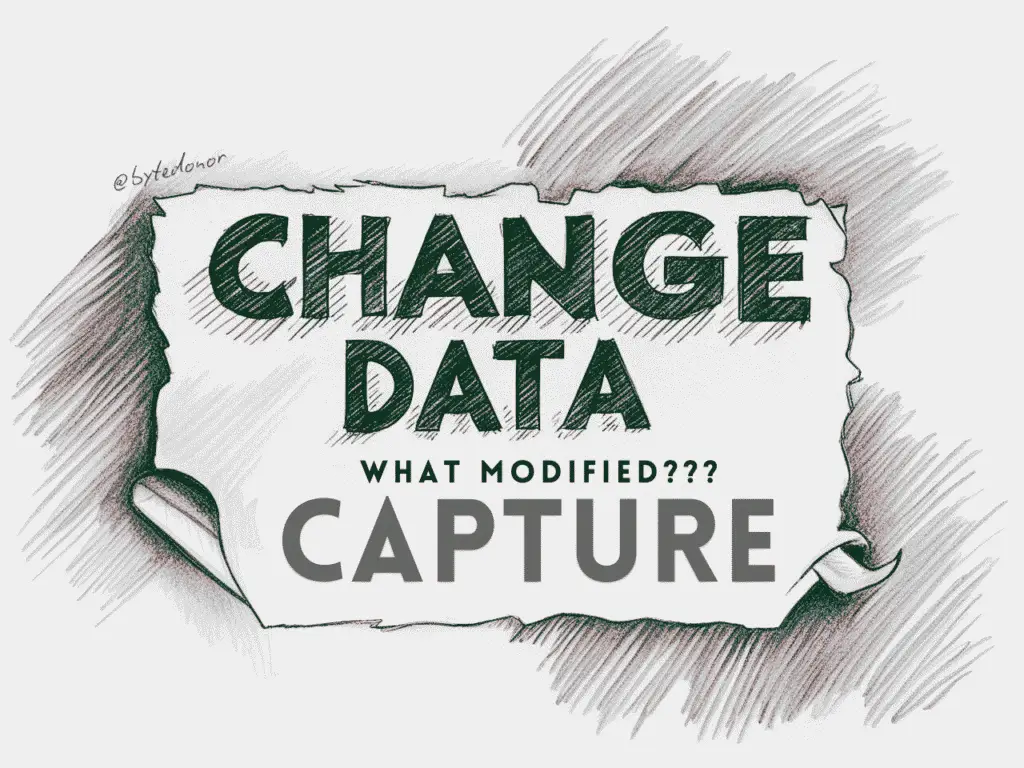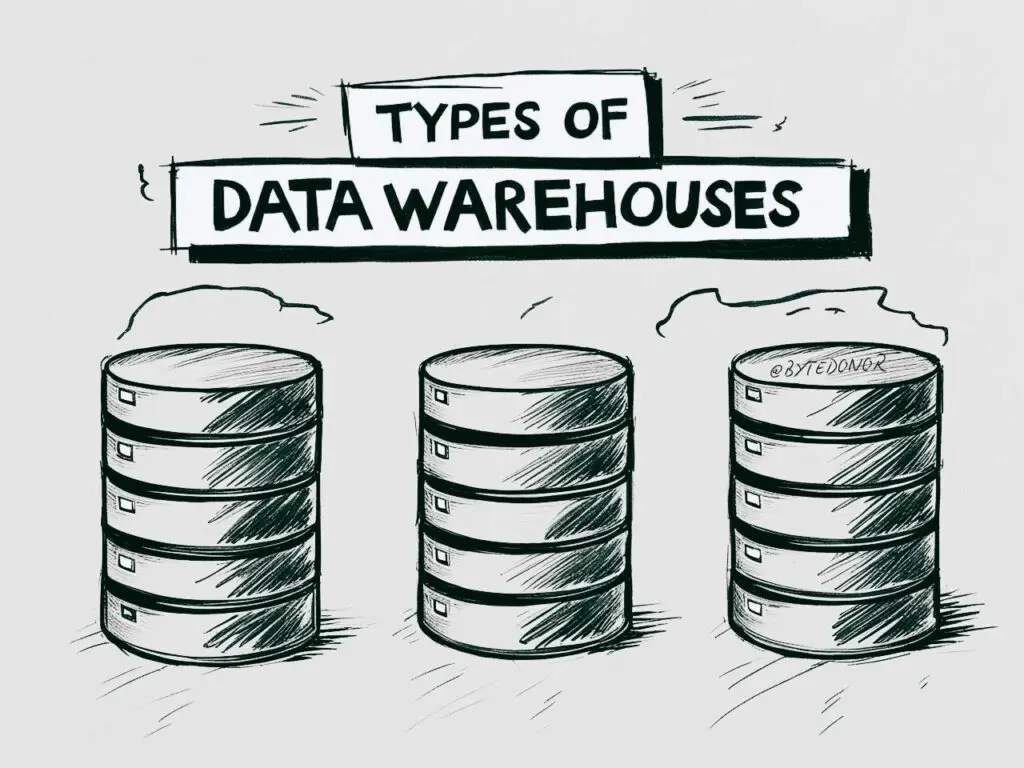
Contents
- 1 Introduction
- 2 Always have an End-to-End architecture, no matter how big your data is.
- 3 You may have to deal with a variety of tools and processes, so don’t make a single tool or process the center of your data lake.
- 4 Make sure that all of your data is current and accurate.
- 5 Know what information is critical for the business and which are less important.
- 6 A Data Lake is more than just a bucket–it’s an entire platform that supports all types of user tasks and analytics, including ETL and business intelligence tasks.
- 7 Conclusion
Introduction
When it comes to data lakes, it’s important to remember that they’re not just buckets of information. Data Lakes are an entire platform that supports all types of user tasks and analytics, including ETL (extract-transform-load) and business intelligence tasks.
Always have an End-to-End architecture, no matter how big your data is.
An end-to-end architecture is the most important part of any Data Lake. It’s essential to ensure that all data is stored in a single (centralized) repository and that it’s accessible from multiple sources at once. This helps you create a centralized location for storing your data, which makes it easier for everyone involved in the process, from IT staff to business analysts and managers, to access information as needed for their workflows.
An end-to-end architecture also provides you with several benefits: It reduces redundancy by keeping everything in one place; it reduces risk by making sure that each piece of information has its own place where it can be found; and finally, it ensures accountability since everything will be accounted for when someone looks at those records (and they need access).
You may have to deal with a variety of tools and processes, so don’t make a single tool or process the center of your data lake.
You may have to deal with a variety of tools and processes, so don’t make a single tool or process the center of your data lake.
If you want to get started on creating your own version of a “Data Lake,” here are some tips:
- Start by defining what information you need from other systems in order to create valuable insights for each customer segment. This can be as simple as listing common attributes across multiple systems or as complex as analyzing millions of rows from SQL Server databases by comparing them against your own master database schema.
- The goal is always the same: enable better decision making by providing access to relevant data quickly so users can make better decisions faster than ever before!
- You need to be careful about how you design your Data Lake, because it will support a variety of data types and analytics, as well as various access patterns by users.
Make sure that all of your data is current and accurate.
One of the most important things to remember when creating a data lake is that all of your data is current and accurate. If you don’t keep track of it, then how will you know if anything has changed? This can be especially tricky when dealing with large amounts of information; it’s easy for people to forget about small changes or even just plain neglect their records.
This issue comes up often when companies create their own databases or other types of repositories where they store information on different subjects such as customers, sales figures etc.. Data quality issues often go unnoticed until someone comes along looking at them later (such as an auditor) so there’s no way around this problem unless everyone involved agrees on what constitutes good enough quality before storing any new data into these systems
Know what information is critical for the business and which are less important.
As you’re creating your data lake, it’s important to know what information is critical for the business. What data is most important? How do you know? There are many ways of determining this but the most common way is through a process called “business value analysis.”
In this process, we look at each piece of information in your organization and determine how much value it adds to the company’s overall goals. For example: If we were designing a new product and wanted to know whether or not our users would want certain features on our product as well as their preferences related thereto (e.g., size), then one way we could go about doing so would be through conducting surveys among potential users and asking them questions about how they use other products similar to ours; then extrapolating those results into predicting whether or not someone might purchase another item from us based solely on their response patterns without knowing anything about them other than what was revealed during these surveys–for example: “If I had bought an iPad before now, would I get one?”
A Data Lake is more than just a bucket–it’s an entire platform that supports all types of user tasks and analytics, including ETL and business intelligence tasks.
A Data Lake is more than just a bucket–it’s an entire platform that supports all types of user tasks and analytics, including ETL and business intelligence tasks.
A Data Lake can help you:
- Get rid of data silos by enabling users to share their data easily
- Find new insights in your data with advanced analytics tools
Conclusion
There are many ways to store, process, and analyze data. But if you’re looking for a single solution to the problem of storing all of your company’s information in one place, then a Data Lake is not the right fit.
A Data Lake should be thought of as an entire platform that supports all types of user tasks and analytics, including ETL and business intelligence tasks. This includes having several different layers so that each piece can be managed in isolation from other functions or systems but still processing at scale when necessary (i.e., scaling out).






